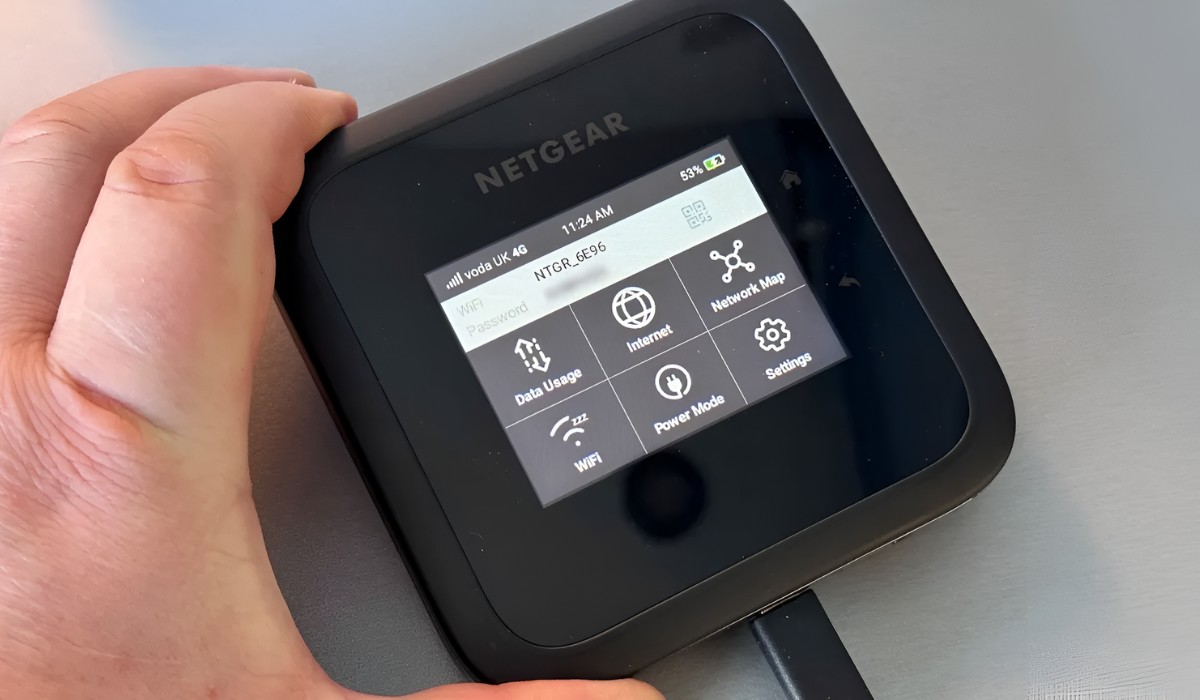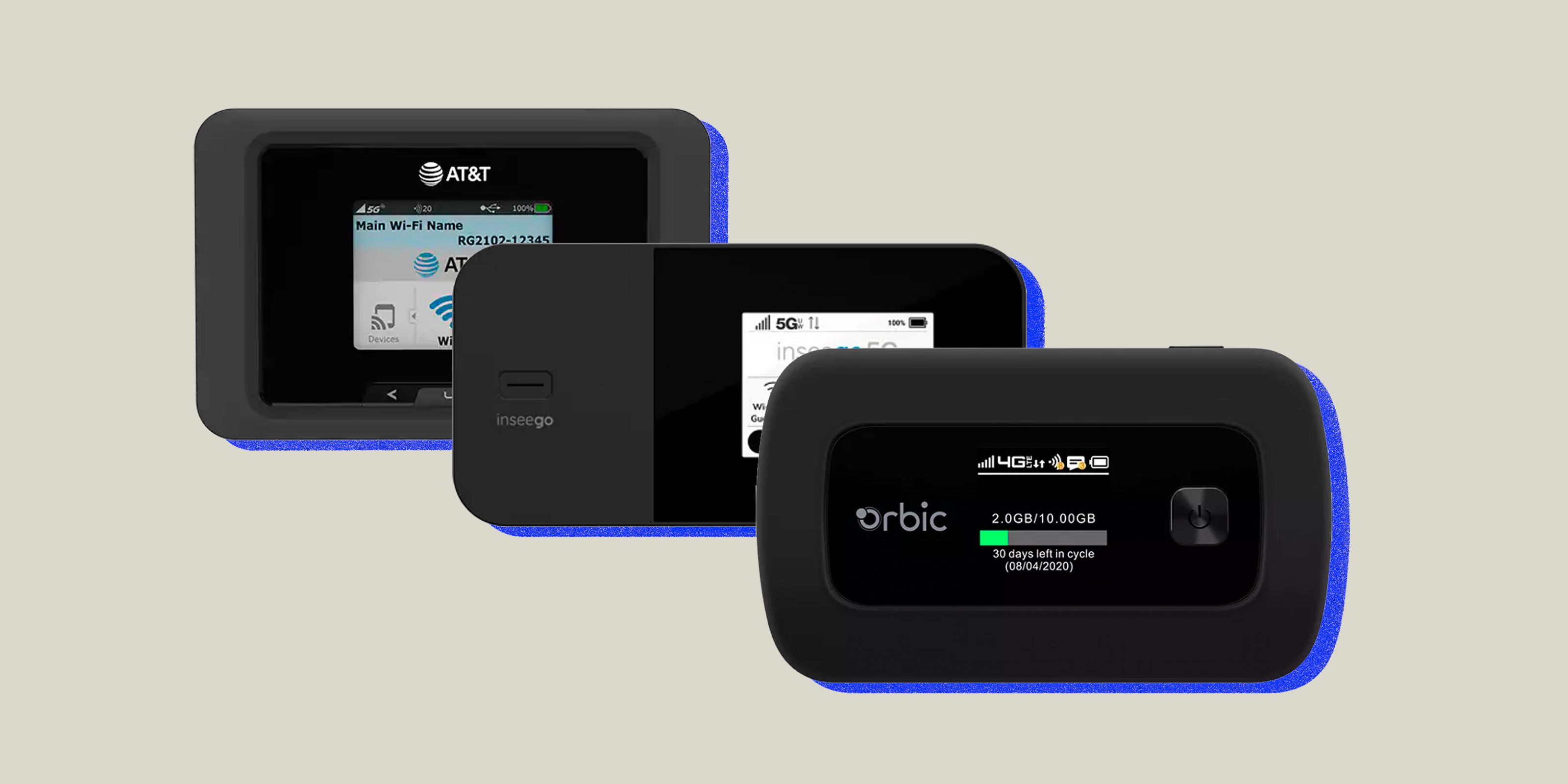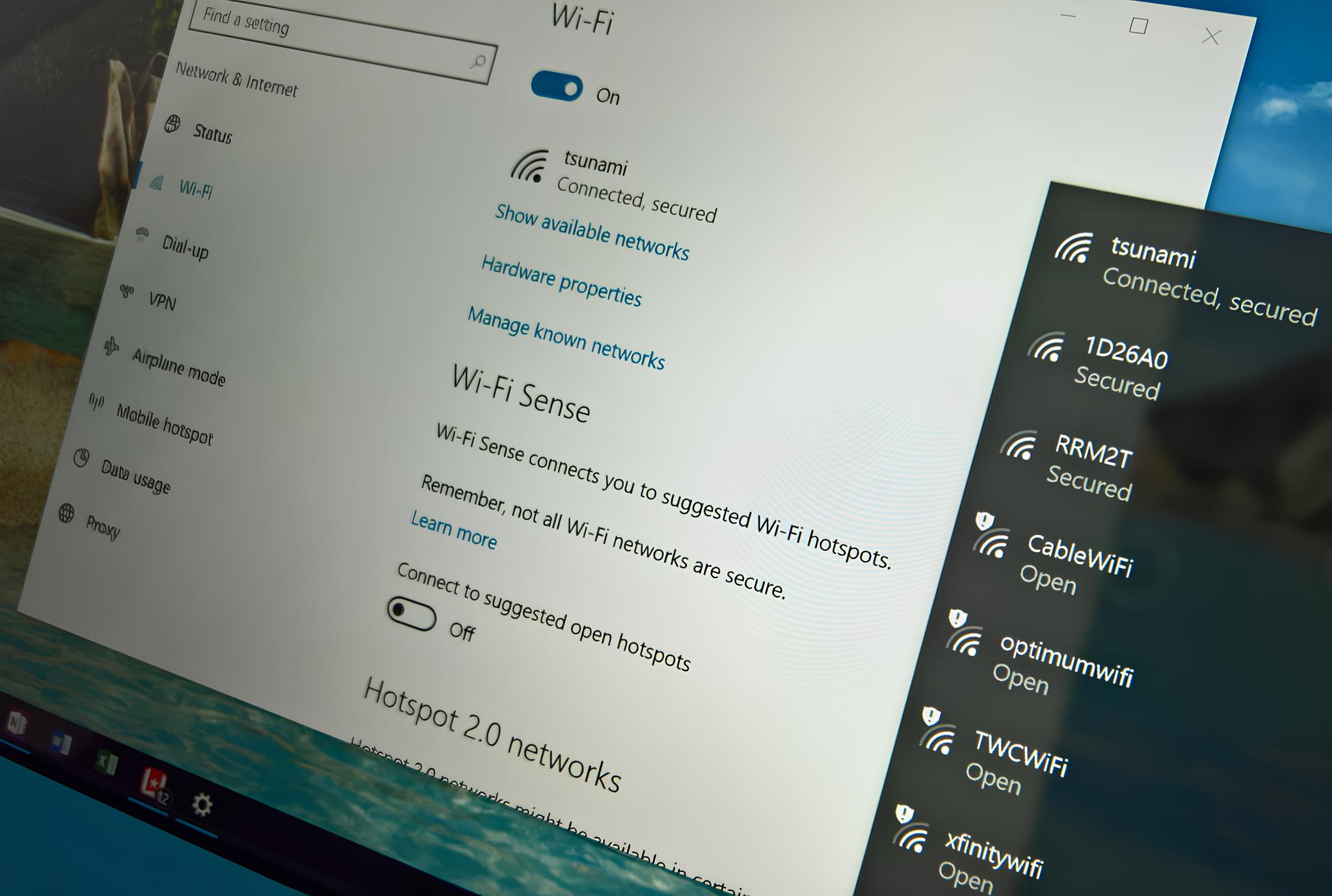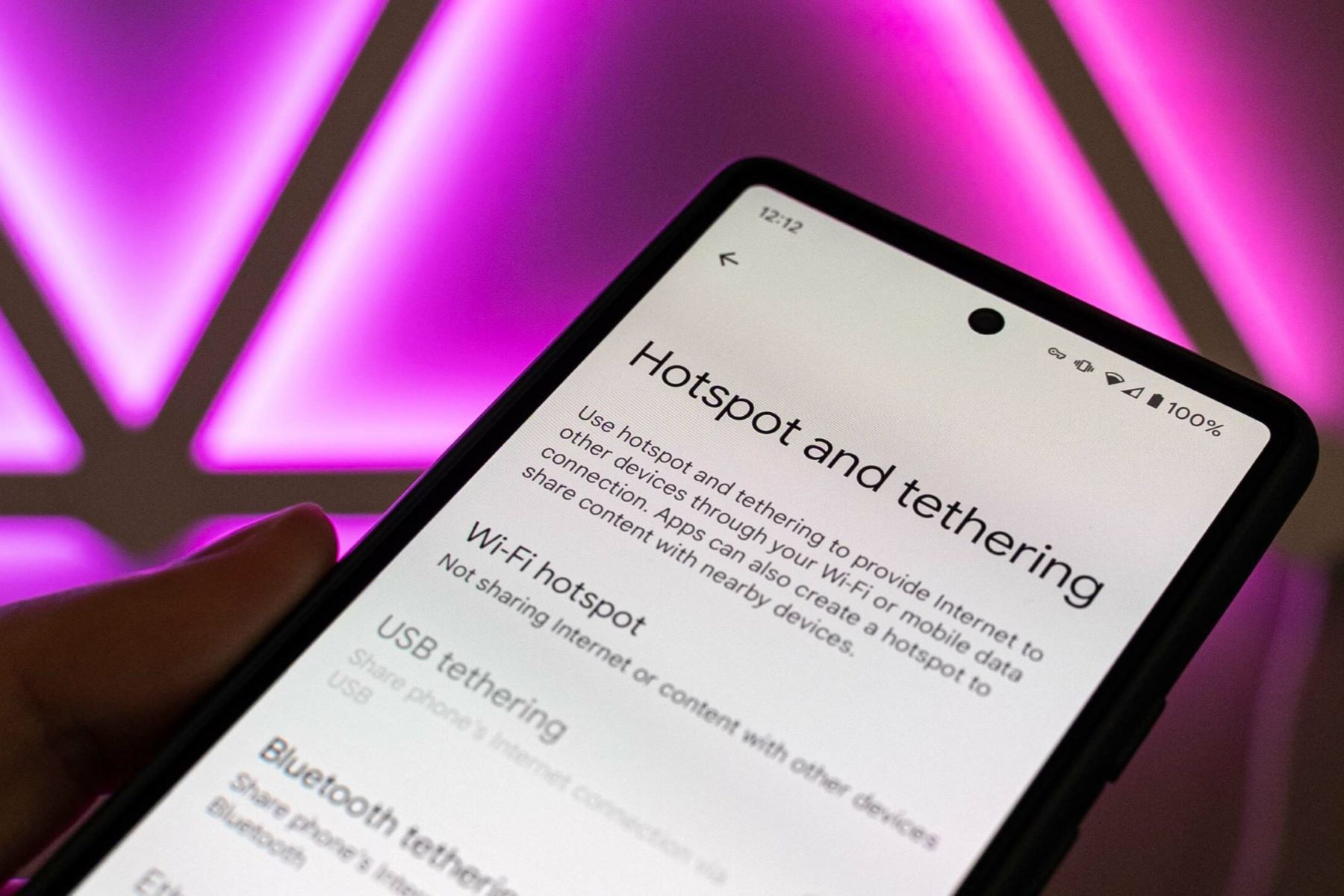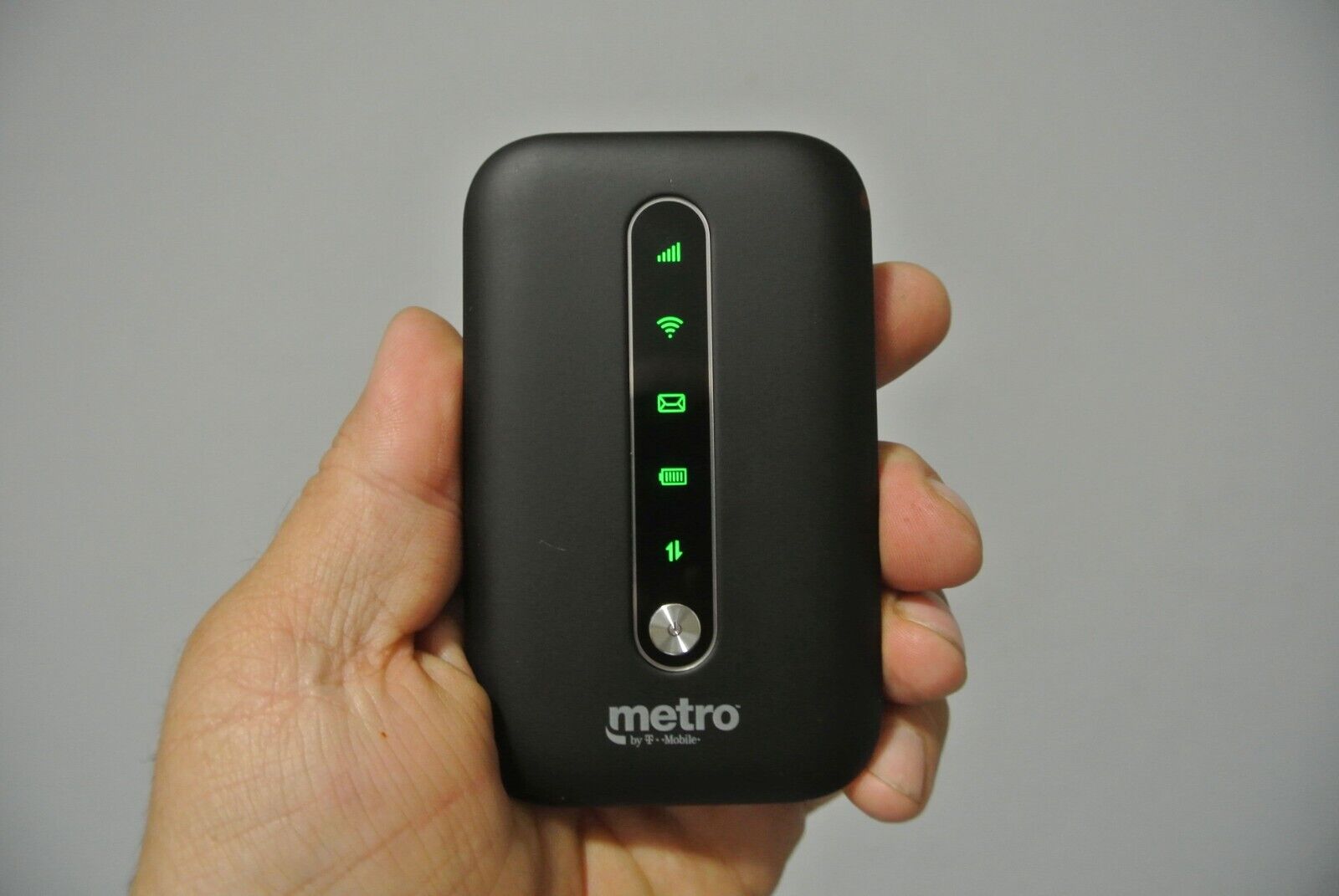Introduction
In today's interconnected world, the term "hotspot" is frequently used, but its true meaning and significance may not be fully understood by everyone. A hotspot is not just a popular gathering place with Wi-Fi access; it encompasses a much broader and more impactful concept in the realm of technology. Understanding the features and functions of a hotspot is crucial for anyone who wishes to stay connected and productive while on the go.
A hotspot serves as a gateway to the digital world, providing users with the ability to access the internet and connect their devices seamlessly. Whether it's at a bustling coffee shop, a bustling airport terminal, or even in the comfort of one's own home, hotspots play a pivotal role in keeping people connected to the vast expanse of information and resources available online.
As we delve deeper into the intricacies of hotspots, we will uncover the fundamental features that define them and the diverse functions they serve. From enhancing mobility to enabling collaboration and communication, hotspots have become an indispensable component of modern-day connectivity. Let's embark on a journey to unravel the essence of hotspots, shedding light on their significance and the impact they have on our daily lives.
Definition of a Hotspot
A hotspot, in the realm of technology, refers to a physical location where wireless internet access is made available to users through a wireless local area network (WLAN). This access point is typically created using a device known as a wireless router or access point. The primary purpose of a hotspot is to provide users with the ability to connect to the internet and other network resources wirelessly, without the need for traditional wired connections.
Hotspots are prevalent in various public spaces such as cafes, airports, hotels, and libraries, where individuals can easily connect their smartphones, laptops, or tablets to the internet. Moreover, many modern smartphones are equipped with the capability to act as a personal hotspot, allowing them to share their cellular data connection with other devices, effectively creating a portable hotspot.
The term "hotspot" can also be used in the context of geolocation, where it denotes a specific location with access to wireless internet or cellular data services. This usage is commonly associated with mobile devices that display available Wi-Fi networks or cellular signals, enabling users to identify and connect to nearby hotspots for internet access.
In essence, a hotspot serves as a gateway to the digital world, enabling users to harness the power of the internet and stay connected while on the move. Whether it's for leisure, work, or communication, hotspots have become an integral part of our daily lives, offering convenience and flexibility in accessing online resources.
Understanding the definition of a hotspot is essential for grasping its significance and the role it plays in facilitating seamless connectivity. With this foundational knowledge in place, we can now explore the myriad features and functions that characterize hotspots, shedding light on their diverse applications and impact on modern-day connectivity.
Features of a Hotspot
-
Wireless Connectivity: The foremost feature of a hotspot is its provision of wireless connectivity, allowing users to access the internet and network resources without the constraints of physical cables. This wireless access is facilitated through the use of Wi-Fi technology, enabling seamless connectivity for a wide range of devices, including smartphones, laptops, tablets, and IoT (Internet of Things) devices.
-
Mobility: Hotspots empower users with the freedom to stay connected while on the move. Whether in a bustling urban center, a remote rural area, or during travel, the mobility offered by hotspots ensures that individuals can access the internet and remain productive regardless of their location.
-
Flexibility: Hotspots are designed to offer flexibility in accessing the internet. Users have the liberty to connect multiple devices to a single hotspot, allowing for simultaneous internet access without the need for individual wired connections. This flexibility is particularly valuable in environments where traditional wired connections are impractical or unavailable.
-
Security Features: Leading hotspots are equipped with robust security features to safeguard users' data and privacy. Encryption protocols such as WPA2 (Wi-Fi Protected Access 2) and WPA3 provide a secure framework for transmitting data over the wireless network, ensuring that sensitive information remains protected from unauthorized access.
-
User Authentication: Many hotspots implement user authentication mechanisms to control access and ensure that only authorized users can connect to the network. This may involve the use of login credentials, such as a username and password, or the acceptance of terms of service before gaining access to the internet via the hotspot.
-
Remote Management Capabilities: Hotspot devices often come with remote management features, allowing network administrators to monitor and configure the hotspot from a centralized location. This capability streamlines the management of multiple hotspots, enabling efficient control and maintenance of the wireless network infrastructure.
-
Quality of Service (QoS): Hotspots can prioritize network traffic based on predefined rules, ensuring that critical applications receive sufficient bandwidth and network resources. This QoS functionality enhances the user experience by optimizing network performance for activities such as video streaming, VoIP (Voice over Internet Protocol) calls, and online gaming.
-
Captive Portal: A captive portal is a common feature of hotspots, presenting a web page to users before they can access the internet. This portal may require users to authenticate, agree to terms of use, or provide other relevant information before gaining access, serving as a gateway for controlling user interactions and enforcing network policies.
By understanding the diverse features of a hotspot, individuals can grasp the multifaceted capabilities that underpin its role in enabling wireless connectivity and shaping the modern digital landscape. These features collectively contribute to the functionality and utility of hotspots, enhancing the accessibility and security of wireless internet access for users across various settings and scenarios.
Functions of a Hotspot
Hotspots serve a multitude of functions that extend far beyond simply providing internet access. These functions are instrumental in shaping the way individuals and businesses leverage connectivity, enabling a diverse range of activities and enhancing overall productivity and convenience.
-
Internet Access: The primary function of a hotspot is to grant users access to the internet. Whether it's for browsing the web, checking emails, or accessing cloud-based services, hotspots bridge the digital divide by offering seamless connectivity to the vast expanse of online resources.
-
Enhanced Mobility: Hotspots empower individuals to stay connected while on the move. Whether commuting, traveling, or working remotely, the mobility afforded by hotspots ensures that users can access the internet and remain productive regardless of their location.
-
Facilitating Communication: Hotspots play a pivotal role in enabling communication through various digital channels. From video calls and messaging apps to email communication, hotspots facilitate seamless connectivity, fostering collaboration and interaction among individuals and organizations.
-
IoT Connectivity: Hotspots facilitate the connectivity of IoT devices, enabling the seamless integration of smart technologies into various environments. From smart homes and offices to industrial IoT applications, hotspots provide the connectivity backbone for a myriad of interconnected devices and systems.
-
Business Operations: Hotspots are essential for businesses, enabling employees to stay connected and productive while on the go. Whether it's accessing corporate resources, conducting remote meetings, or processing transactions, hotspots support the seamless operation of modern businesses.
-
Entertainment and Media Consumption: Hotspots facilitate entertainment and media consumption, allowing users to stream music, videos, and other digital content on their devices. Whether for leisure or relaxation, hotspots cater to the entertainment needs of users in diverse settings.
-
E-commerce and Online Transactions: Hotspots enable secure access to e-commerce platforms and support online transactions, empowering users to engage in online shopping, banking, and financial transactions with confidence and convenience.
-
Emergency Connectivity: Hotspots play a crucial role in emergency situations, providing connectivity for communication, access to emergency services, and dissemination of critical information during times of crisis or natural disasters.
-
Education and Learning: Hotspots facilitate access to educational resources and online learning platforms, empowering students and educators with the means to engage in remote learning, research, and knowledge dissemination.
-
Tourism and Hospitality: Hotspots are integral to the tourism and hospitality industry, offering visitors seamless internet access and enhancing their overall experience through digital connectivity and information access.
By fulfilling these diverse functions, hotspots have become an indispensable component of modern-day connectivity, empowering individuals, businesses, and communities with the means to stay connected, productive, and informed in an increasingly digital world.
Conclusion
In conclusion, hotspots stand as a cornerstone of modern connectivity, offering a gateway to the digital realm and empowering users with seamless access to the internet and network resources. From bustling urban centers to remote rural landscapes, hotspots have transcended traditional boundaries, enabling individuals and businesses to stay connected and productive regardless of their location.
The features of hotspots, including wireless connectivity, mobility, flexibility, security measures, user authentication, remote management capabilities, quality of service, and captive portal functionality, collectively contribute to their utility and effectiveness in providing wireless internet access. These features not only enhance accessibility but also ensure the security and optimal performance of the wireless network, catering to the diverse needs of users across various environments.
Furthermore, the functions of hotspots extend beyond mere internet access, encompassing a broad spectrum of activities such as facilitating communication, supporting IoT connectivity, enabling business operations, fostering entertainment and media consumption, and serving critical roles in emergency situations and educational settings. The multifaceted functions of hotspots underscore their significance in shaping the way individuals, businesses, and communities leverage connectivity to enhance productivity, communication, and overall quality of life.
As technology continues to evolve, hotspots are poised to play an increasingly pivotal role in driving digital innovation and connectivity. The proliferation of smart devices, the expansion of IoT ecosystems, and the growing demand for seamless connectivity underscore the enduring relevance of hotspots in the digital landscape.
In essence, hotspots have become an integral part of our daily lives, offering convenience, flexibility, and connectivity that transcend physical boundaries. Whether it's for work, leisure, communication, or emergency situations, hotspots serve as a vital link to the digital world, enriching our experiences and enabling us to navigate the complexities of the modern interconnected age.
By understanding the features and functions of hotspots, individuals can harness their potential to stay connected, informed, and engaged in an ever-evolving digital landscape. As we embrace the transformative power of connectivity, hotspots will continue to serve as catalysts for innovation, collaboration, and seamless access to the boundless opportunities offered by the digital realm.







